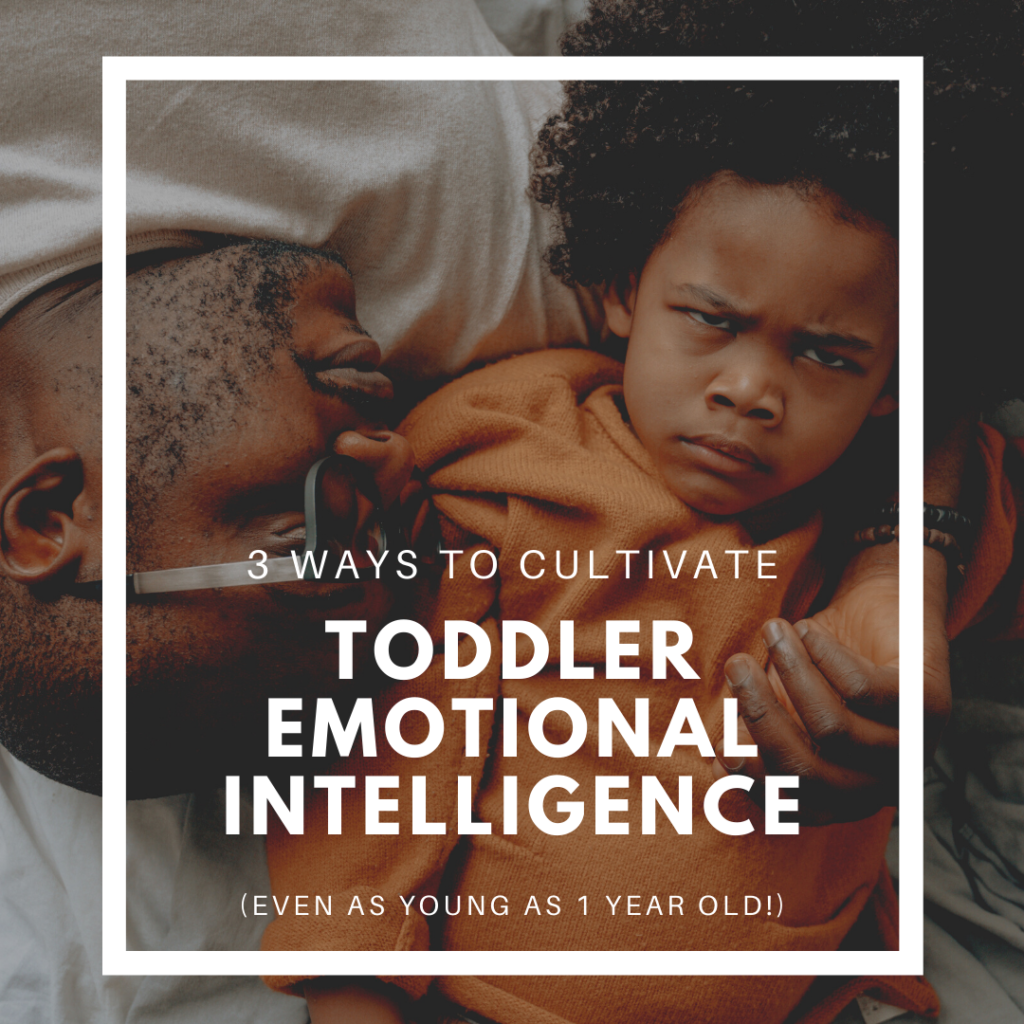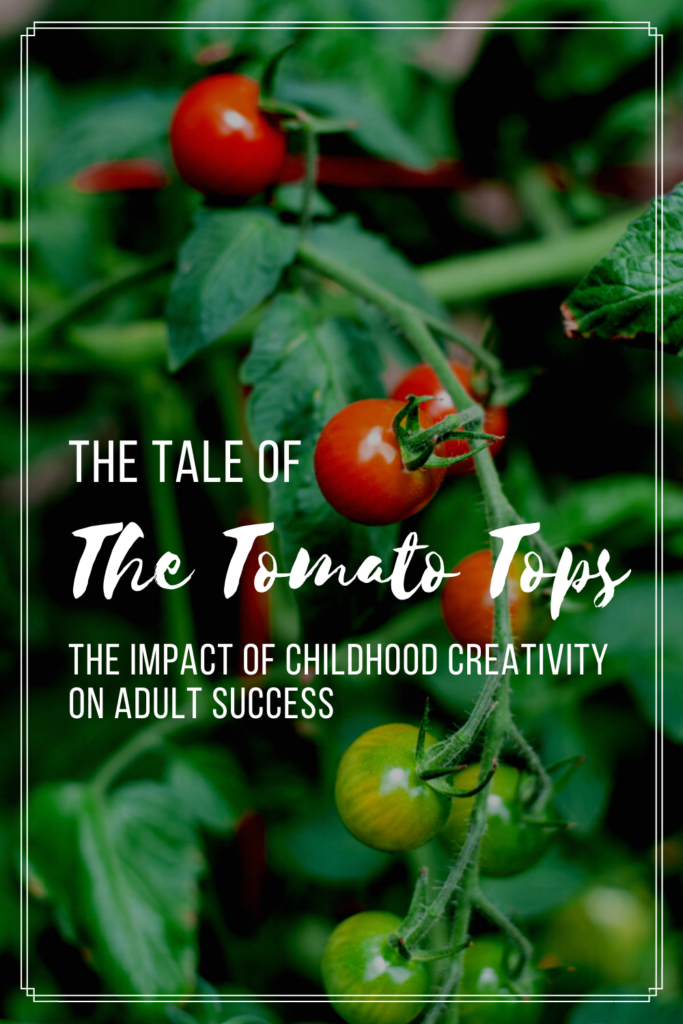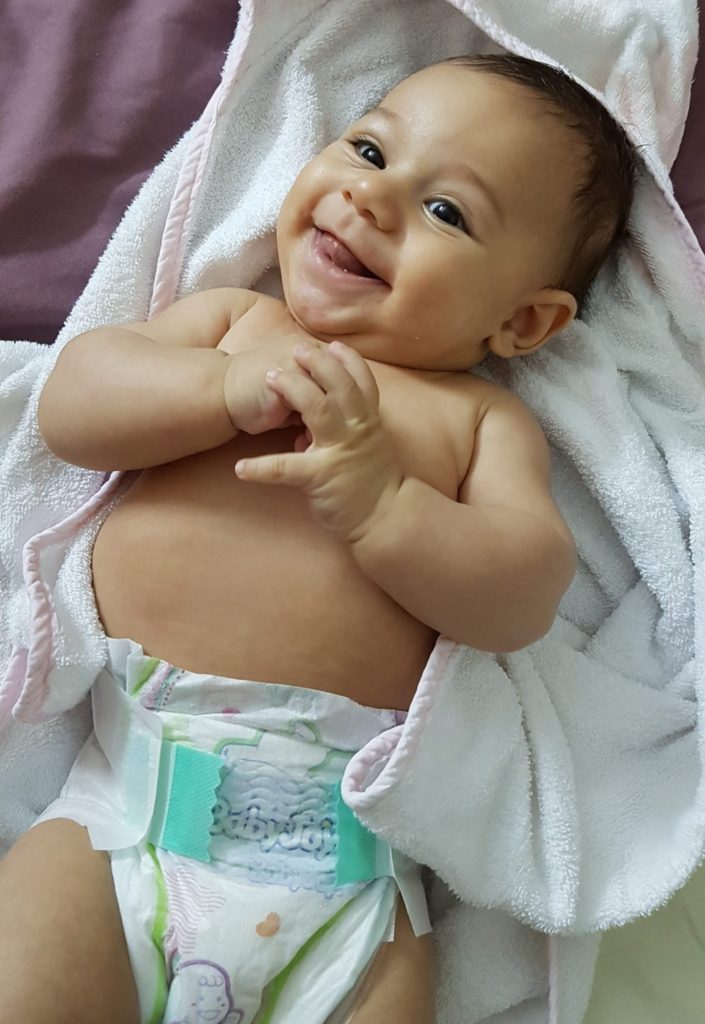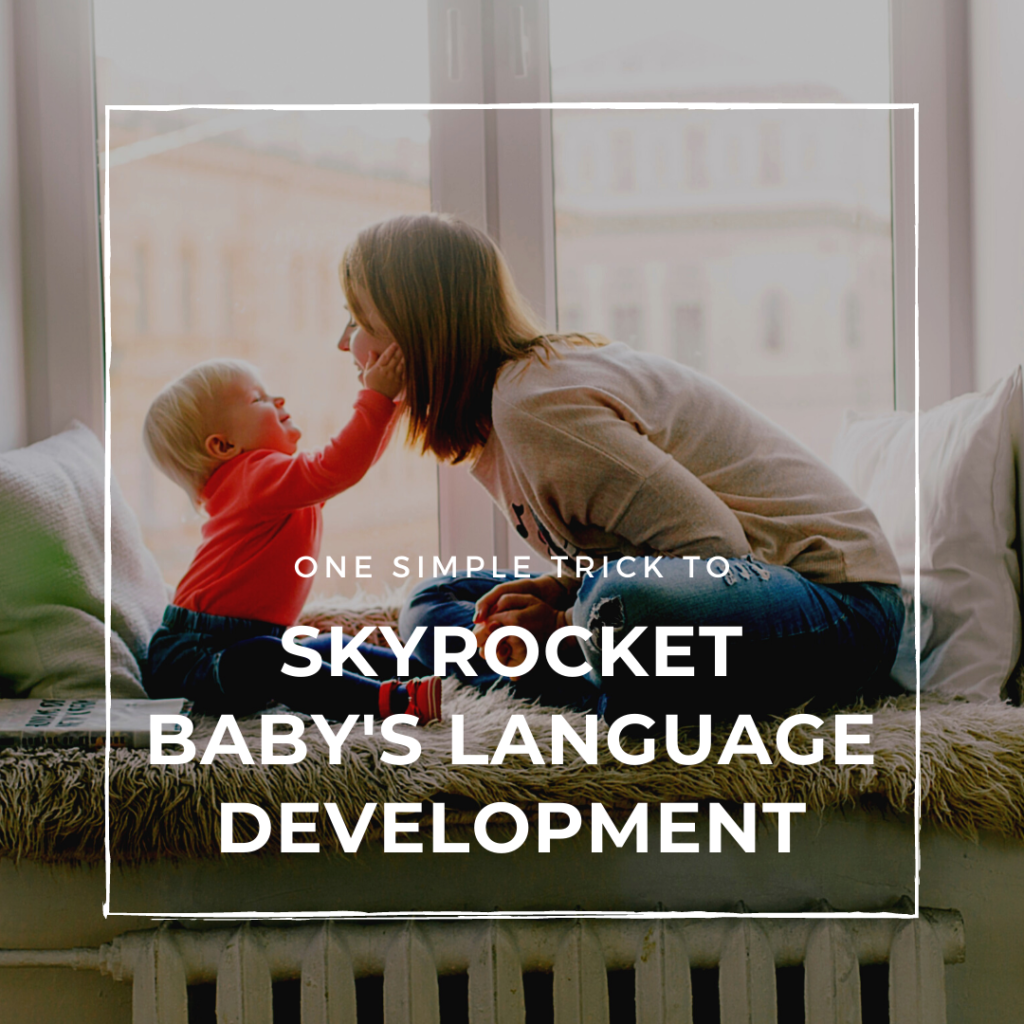
Toddler moods often seem like the “Tower of Terror” ride at Disneyland: relaxed and stable one moment, free-falling the next.
Thankfully, there are a multitude of ways to teach our little ones to regulate these emotions, turning their Tower of Terror into more of a merry-go-round—still experiencing ups and downs, but with our help, more controlled and much less likely to turn into a free-fall. Here are three strategies you can use with even pre-verbal toddlers.
1. Name it to Tame It
Storytelling is a powerful way to help young children process strong emotions. Whether children experience a little tumble or a traumatic event, putting the details of an experience together in order helps to integrate right (emotional) and left (logical) sides of the brain, effectively helping them process the experience. This strategy is even effective with babies as young as ten or twelve months old, perhaps with the adult acting out the story for clarity. Older children can benefit from helping fill in the details of the story themselves.
Serena’s real-life case study: Two-and-a-half-year-old Katie fell off the bed at home and got a good scrape on her face. For the next week, every day at daycare she would start to re-tell the story of how she fell, even re-enacting the scene. She would start, and I would help fill in the details with things like, “Yes, and it hurt a lot, didn’t it? And then who helped you? Did Daddy help you? What did he do?” After a few days of this, Katie finally made peace with the event and moved on with her little care-free toddler life.
2. Use It or Lose It: Exercise the Higher-Level Brain
Give children opportunities to practice decision making. This strengthens executive functioning, a higher-level thinking skill used to weigh different options—a skill which comes in handy in the face of conflict or emotional turmoil. For very small children, offering simple choices like, “Do you want milk or water to drink?” helps them exercise their higher-level thinking processes. This is most effective when they aren’t presently experiencing strong emotions, though it can sometimes be employed in those moments as well.
Serena’s real-life case study: My three-year-old nephew, EJ, was due for a potty break. I told him, “It’s potty time! Do you want to walk or hop to the bathroom?”. “Hop!” he enthusiastically replied. We went on and on with the choices, “Do you want to hop forwards, or backwards?”, “Do you want to pull down your pants yourself, or do you want help?”, and even silly choices like, “Do you want me to put you on the potty right-side-up or upside-down?”. By the end, we were both laughing, EJ got practice using his higher-level thinking skills, and we avoided a potty power struggle!
3. Connect and Redirect
Name children’s emotions. Even babies and very young toddlers benefit from a little help naming their emotions when they’re feeling overwhelmed or out of control. This can be as simple as stating empathetically, “Wow, you look pretty frustrated” or “You’re really sad right now, aren’t you?”. Research demonstrates that the act of simply naming feelings makes those emotions less intense. Then, after empathy is established, a boundary can be set, or a redirection can be given (for instance “Hitting hurts, please be gentle” or “You’re sad you lost your bear, so how can I help you feel better?”).
Serena’s real-life case study: Seventeen-month-old Benny was new to my daycare classroom. He was extremely attached to his mom, and would cry for ages after she dropped him off. Every day, I would sit with him and say, “You are so sad. I know it’s hard to say goodbye, but you are safe here. Let’s go find something to do.” His behavior didn’t change immediately, but after a few days of this, Benny would seek me out specifically, because I showed empathy towards him, made him feel heard, and helped him get engaged in the classroom rhythms.
Bonus tip:
When seeking to connect empathetically, many experts suggest getting down at the child’s eye level—but actually, an even better approach is to get below their eye level. By getting below their eye level, you communicate you’re not a threat, helping your child’s brain escape the “fight or flight” reaction and opening the door for more logical, left-brain conversation.
[Strategies shared from The Whole-Brain Child by Daniel J. Siegel and Tina Payne Bryson]






0 Comments